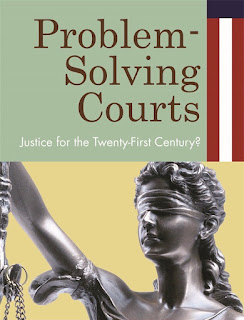Criminal Justice and the Lindsay Years

I spent this evening at the Museum of the City of New York, which is hosting an exhibition on former New York City Mayor John Lindsay. (The exhibit, which closes October 3rd, is a must-see for any one who is interested in the history of urban politics.) I was drawn uptown by a special program devoted to criminal justice during the Lindsay administration. After a brief introduction by John Jay President Jeremy Travis, NYPD Commissioner Ray Kelly offered a snapshot of how things have changed on the streets since the end of the Lindsay years in 1973. Suffice to say that things are a lot better by almost any statistical measure. (Along with the usual stats documenting the decline in homicides, robberies and other index crimes came one that I don't remember hearing before: in '73, New York police officers apparently discharged their guns more than 1,000 times. In the last year, that number was less than 300 -- a staggering decline in the use of force.) Then came a panel of criminal justice heavyweights from the Lindsay years, including my friend Herb Sturz. Guided by questions from the moderator, Sam Roberts of the New York Times, the panelists detailed many of the innovations -- and battles -- of the Lindsay years, including efforts to create a civilian complaint review board, improve prison conditions, devote more resources to crime prevention, enhance race relations, introduce new technology, and extend the police presence on the streets. This is not an inconsiderable record of accomplishment, to be sure. Still, the panel never quite addressed Roberts' most provocative question, which was: given the benefit of hindsight, what should Lindsay have done differently to reduce crime in the '60s and early '70s -- an era when New York's reputation for lawlessness and disorder was cemented in the public mind? While I didn't get the answer tonight, I'm hoping that the book from the exhibition -- America's Mayor -- provides some clues.

